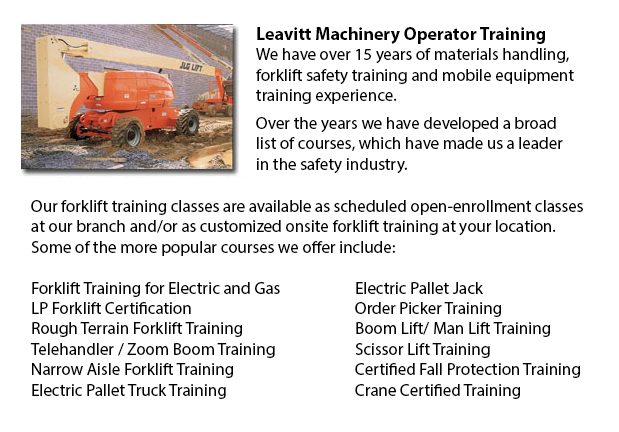
Toronto Aerial Platform Training - Aerial lift trucks can accommodate various tasks involving high and tricky reaching places. Often used to carry out daily preservation in structures with elevated ceilings, prune tree branches, hoist heavy shelving units or mend phone cables. A ladder could also be used for many of the aforementioned tasks, although aerial lifts provide more safety and stability when properly used.
There are a lot of designs of aerial hoists existing on the market depending on what the task needed involves. Painters often use scissor aerial lifts for example, which are categorized as mobile scaffolding, of use in painting trim and reaching the 2nd story and above on buildings. The scissor aerial lifts use criss-cross braces to stretch out and enlarge upwards. There is a platform attached to the top of the braces that rises simultaneously as the criss-cross braces elevate.
Cherry pickers and bucket trucks are another variety of the aerial lift. Commonly, they possess a bucket at the end of an elongated arm and as the arm unfolds, the attached bucket platform rises. Forklifts utilize a pronged arm that rises upwards as the lever is moved. Boom lifts have a hydraulic arm that extends outward and lifts the platform. All of these aerial platform lifts call for special training to operate.
Through the Occupational Safety & Health Association, also called OSHA, instruction programs are on hand to help make certain the workforce satisfy occupational standards for safety, machine operation, inspection and upkeep and machine cargo capacities. Employees receive qualifications upon completion of the lessons and only OSHA licensed workers should run aerial lifts. The Occupational Safety & Health Organization has established rules to maintain safety and prevent injury while using aerial hoists. Common sense rules such as not utilizing this apparatus to give rides and ensuring all tires on aerial lift trucks are braced so as to prevent machine tipping are noted within the rules.
Unfortunately, figures illustrate that in excess of 20 operators die each year when working with aerial hoists and 8% of those are commercial painters. Most of these incidents are due to improper tire bracing and the hoist falling over; therefore many of these deaths had been preventable. Operators should ensure that all wheels are locked and braces as a critical safety precaution to stop the machine from toppling over.
Additional rules include marking the surrounding area of the machine in a visible manner to safeguard passers-by and to guarantee they do not come too close to the operating machine. It is vital to ensure that there are also 10 feet of clearance between any utility lines and the aerial lift. Operators of this machinery are also highly recommended to always wear the proper safety harness when up in the air.
-
Toronto Wheel Loader Training
Toronto Wheel Loader Training - Normally, the different kinds of heavy equipment training are classed into 2 categories of machinery: those that have rubber tires and tracked vehicles. Tracked vehicles consist of items like for example excavators, cr... More -
Toronto Heavy Equipment Operator Training
Toronto Heavy Equipment Operator Training - Heavy equipment operator training facilities that provide good standards in the business, providing field performance tasks and added machinery training are really sought after training features. Students a... More -
Toronto Manlift Operator Certification
Toronto Manlift Operator Certification - We provide an aerial lift and scissor platform certification and training to empower the trainee with the general understanding and knowledge of the safe and efficient use of "Power Operated Mobile Work Platfo... More -
Toronto Aerial Boom Lift Ticket
Toronto Aerial Boom Lift Ticket - Aerial lifts can be utilized to accomplish a lot of unique duties done in hard to reach aerial spaces. Some of the odd jobs associated with this type of jack include performing regular preservation on structures with... More -
Toronto Heavy Equipment License
Toronto Heavy Equipment License - Obtaining a heavy equipment license is mandatory in order to operate these big industrial machinery. Certification could be acquired through a vocational school or private training. The license would enable the drive... More -
Skid Steer Loader Training in Toronto
A skid-steer loader is an engine powered equipment which consists of a small and rigid frame. It is outfitted together with lift arms that are utilized to connect to a large variety of labor saving tools and attachments. Typically, skid-steer loaders... More -
Toronto Aerial Lift Certification
Toronto Aerial Lift Certification - Aerial Lift Certification is for individuals who requires an in-depth understanding of aerial lift safety. Inspectors and operators, supervisors, maintenance workers and construction craftsmen should perform a cert... More -
Toronto Boom Lift Training
Toronto Boom Lift Training - Elevated work platforms, also called aerial platforms, allow workers to carry out tasks at heights which would otherwise be not reachable. There are different kinds of lifts intended for various site conditions and applic... More

Forklift Certification Toronto
TOLL FREE: 1-888-254-6157
Toronto, Ontario
forkliftcertificationtoronto.com
Email Us
About Us


